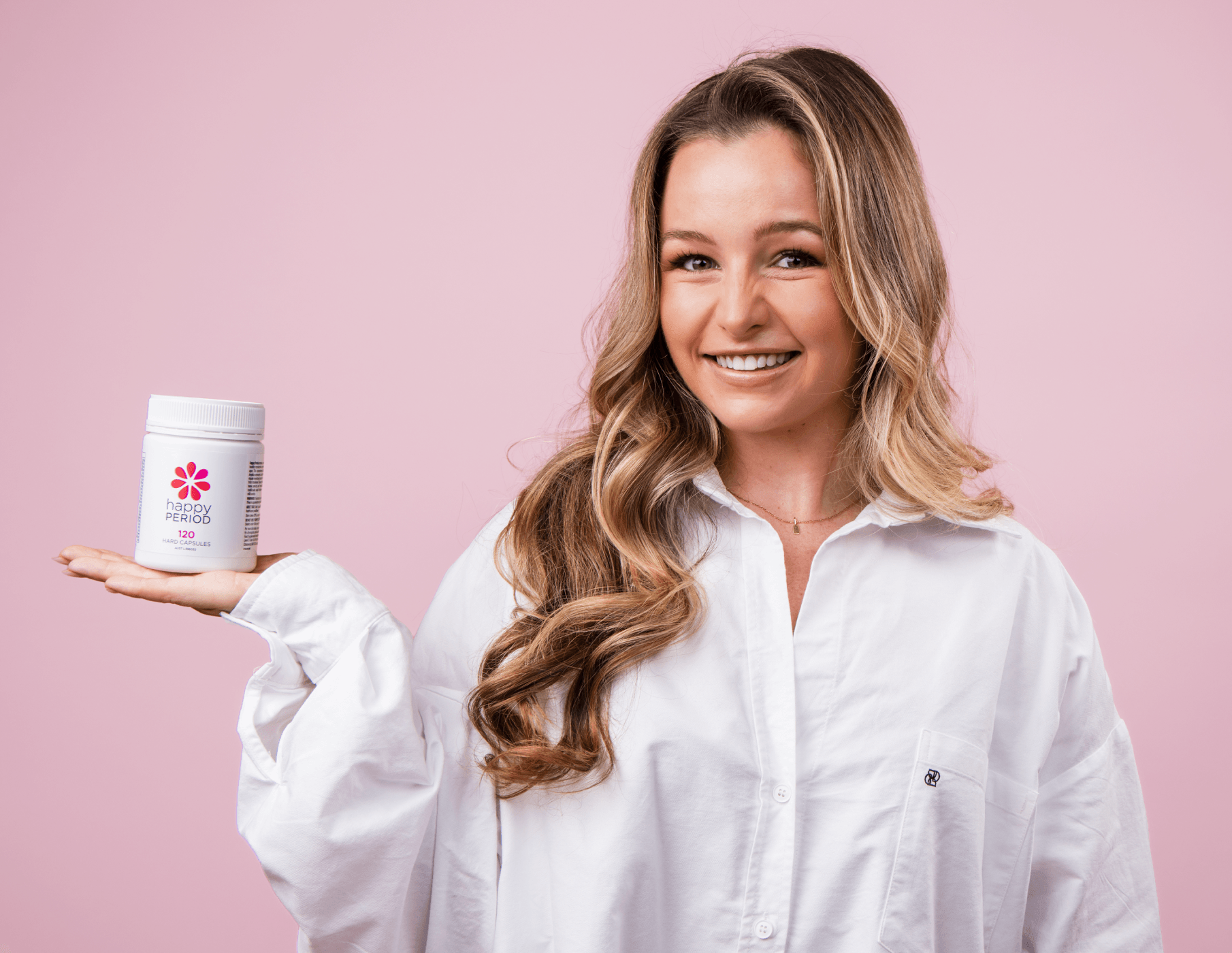How To Control Your Hunger
By Lauren Jane

What causes us to feel hungry?
Hunger is a sensation triggered by the hormone ghrelin which is produced and released primarily by the stomach. Ghrelin is often referred to as the ‘hunger hormone’. Among many other functions, ghrelin stimulates your appetite and increases food intake. So when you feel or hear your stomach rumbling, that simply means it’s producing ghrelin.
Do you find that your hunger is constant and out of control? If so, here is some food for thought.
Hunger is not a simple equation of
‘HUNGER = NO FOOD + TIME’.
While it is normal to feel hungry after going without food for a number of hours, hunger is more than just that. In fact, studies on individuals who fasted for a three-day period actually showed that their hunger signals (as tracked by the hormone ghrelin) had an overall decrease by the end of their fasting period. So if our hunger actually DECREASES with time, then why do we continue to feel hungry when it comes to mealtime?
Another study on individuals undertaking a 33-hour fast showed that despite early mornings being the time everyone had gone the longest without food, ghrelin levels were actually at their lowest and only rose during each participant's typical eating times.
Fasting to decrease hunger
Now we know that the human body only comes to expect food at certain times of the day. Usually, this is according to one's eating schedule, so hunger signals will typically peak around the same time each day. If this is true then doesn’t it suggest that we can modulate our own appetite simply by engaging in short fasts and changing our eating habits?
Yes, we can! The truth is, our hormones can adapt and so will our ghrelin response (i.e. how often we get hungry) after only four days of intermittent fasting and changing the frequency of our food intake. Why not give it a try and see how you respond?
Other ways to control hunger
Here are some other helpful tips to improve your hunger response throughout the day:
1. Make sure every meal you have incorporates some high-quality fats and proteins to allow for the slow release of blood sugar.
- Add a handful of nuts and hemp seeds to your quinoa porridge.
- Add 1 serve of Happy Weight powder and a tsp of chia to your smoothie.
- Add 100g of wild-caught oily fish to your veggie stir-fry.
- Have coconut yoghurt and walnuts together.
- Add avocado and free-range chicken to your sandwich.
- Add free-range boiled eggs to your salads.
2. Keep the microflora in your gut well fed. The bacteria that live here play a major role in appetite and cravings.
- Have 100-300ml of coconut kefir each day.
- Add a tsp of miso to your cooking (after it has cooled down).
- Have 3 tbsps of pot set yoghurt.
- Replace meat with 100g of tempeh in most of your dishes.
- Add kimchi or sauerkraut to your soup bowl or salad.
- Try a splash of raw ACV in your water before meals.
- Try our Happy Turmeric or Happy Greens.
3. Listen to your HUNGER signals and do not confuse them with thirst, boredom or a play of emotions.
- Stay hydrated. Carry a water bottle with you all day.
- Keep a dietary journal next to your pantry or in your phone to write down what you’re feeling before mealtimes.
- Be sure you’re implementing one stress management practice each day to avoid using food as your comfort.
To learn more about fasting, have a read of my more comprehensive intermittent fasting guide. If you’re not already part of the private Happy Weight Facebook Group, head over and JOIN US now. You’ll find even more valuable information each day to guide you towards total wellness and better health!
If you’ve been diagnosed with insulin resistance (IR) and are struggling to shift fat mass or achieve a healthy weight, it’s important to understand what’s happening with your body. Insulin-resistant individuals will benefit from learning how to improve the way the body utilizes glucose.
What is insulin resistance (IR)?
Insulin resistance is a condition in which the body's cells become resistant to the effects of insulin. As a result, the pancreas expels more and more insulin in order to get a response (hyperinsulinemia). This may work for the short term, but over time the pancreas can no longer keep up or produce sufficient amounts of insulin. This is when our blood sugars rise and we develop type 2 diabetes.
Normally when a person’s insulin level is high, insulin turns off the ability to metabolise fat (lipolysis). This actually makes sense - we have energy coming in, so we don’t need to tap into fat stores. However, in women with insulin resistance, lipolysis is not turned off as should be the case.
What causes our cells to become resistant to insulin?
Obesity. More specifically, excess fat mass around the midline (visceral fat) is the main cause of insulin resistance. When a person is overweight, cells become less sensitive to the insulin released from the pancreas.
Interestingly, researchers have studied the impact of different types of body fat on insulin resistance. They found that abdominal adiposity causes an 80 % increase in the risk, compared to adipose tissue in other parts of the body (50-60 %).
Why is abdominal fat a trigger for insulin resistance?
It’s a complex topic but to put it plainly, a protein hormone known as adiponectin decreases as visceral fat increases. This chemical messenger increases the oxidation of fatty acids, promotes the clearance of excess fat in tissues, and improves insulin sensitivity. Low levels of adiponectin ultimately counter the effect of insulin and lead to both IR and weight gain.

What makes fat loss so difficult for individuals with insulin resistance?
We know that insulin dysfunction starves our cells of much-needed glucose. When glucose is unable to enter our cells, this can lead to fatigue, intense cravings for processed, sugary foods and overindulgence.
We also know that insulin functions are somewhat like leptin (our satiety hormone) which inhibits hunger and helps reduce appetite. This explains why individuals suffering from IR experience legitimate cravings in addition to dysfunctional satiety (a lack of fullness).
When we have IR and/or type 2 diabetes, our blood sugar levels can be very high. Because our cells are unable to absorb the extra glucose, the liver must convert it into fat. Visceral fat then becomes a constant source of excess free fatty acids because lipolysis is not working properly. In women, these extra fat cells also produce oestrogen which is part of the pathology of oestrogen dominance. Oestrogen dominance is a condition which causes so many hormonal symptoms, particularly those suffered by women in perimenopause.
How can you manage insulin resistance naturally?
If you’d like to know more about how to manage insulin resistance naturally, check out this article. For more information on how to achieve a Happy Weight and improve your health, join our private Happy Weight FB page.









Leave a comment
This site is protected by hCaptcha and the hCaptcha Privacy Policy and Terms of Service apply.